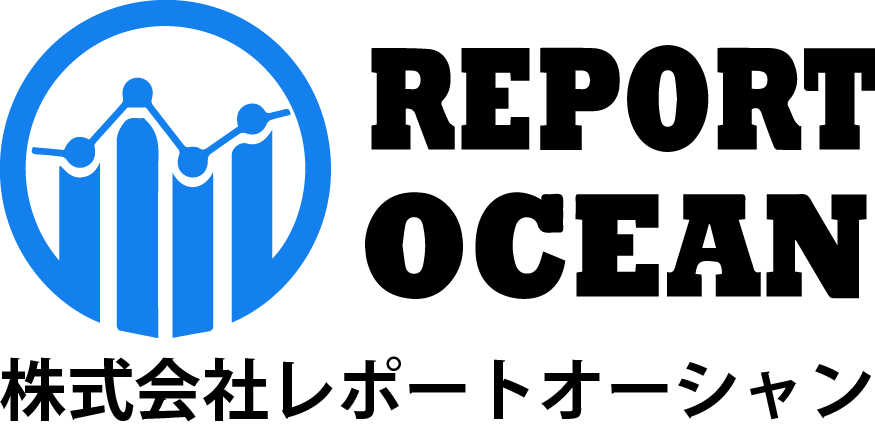日本カーボンブラック市場規模、シェア、競争環境、動向分析レポート:タイプ別(ファーネスブラック、アセチレンブラック、サーマルブラック、チャンネルブラック、その他)、機能別(タイヤ改良、導電性、表面強化、その他)、用途別(タイヤ、履物、工業用ベルト、チューブホース、押出形材、印刷インク、電池電極、その他)、エンドユーザー産業別(繊維、自動車(乗用車(PC)、小型商用車(LCV)、大型商用車(HCV)、その他)、市場規模、シェア、競争環境、動向分析レポート 印刷インキ、電池電極、その他)、エンドユーザー産業別(繊維、自動車(乗用車(PCs)、小型商用車(LCVs)、大型商用車(HCVs)、その他)、建設(住宅、商業、工業)、製造(電気、自動車部品、着色剤、ゴム製品、その他)、プラスチック、その他):2024 年から 2032 年までの機会分析と業界予測
レポートID : ROJP0524115 |
最終更新 : 2024年05月 |
フォーマット : ![]() :
: ![]() :
: ![]()
Table of Contents
1. Research Methodology
2. Project Scope & Definitions
3. Impact of COVID-19 on Japan Carbon Black Market
4. Impact of Russia-Ukraine War on Japan Carbon Black Market
5. Executive Summary
6. Voice of Customer
6.1. Market Awareness and Product Information
6.2. Brand Awareness and Loyalty
6.3. Factors Considered in Purchase Decision
6.3.1.Brand Name
6.3.2.Quality/Grade
6.3.3.Pricing
6.3.4.Quantity
6.3.5.Price
6.3.6.Product Specification
6.3.7.Ease of Use
6.3.8.Packaging/Supply Form
6.4. Frequency of Purchase
6.5. Medium of Purchase
7. Japan Carbon Black Market Outlook, FY2017-FY2031
7.1. Market Size & Forecast
7.1.1.By Value
7.1.2.By Volume
7.2. By Type
7.2.1.Furnace Black
7.2.2.Acetylene Black
7.2.3.Thermal Black
7.2.4.Channel Black
7.2.5.Others
7.3. By Functionality
7.3.1.Tire improvement
7.3.2.Conductivity
7.3.3.Surface enhancement
7.3.4.Others
7.4. By Application
7.4.1.Tire
7.4.2.Footwear
7.4.3.Industrial Belts
7.4.4.Tubes and hoses
7.4.5.Extruded profiles
7.4.6.Printing Inks
7.4.7.Battery electrodes
7.4.8.Others
7.5. By End-use Industry
7.5.1.Textile
7.5.2.Automotive
7.5.2.1. Passenger Cars (PCs)
7.5.2.2. Light Commercial Vehicles (LCVs)
7.5.2.3. Heavy Commercial Vehicle (HCVs)
7.5.2.4. Others
7.5.3.Construction
7.5.3.1. Residential
7.5.3.2. Commercial
7.5.3.3. Industrial
7.5.4.Manufacturing
7.5.4.1. Electrical
7.5.4.2. Auto parts
7.5.4.3. Colorants
7.5.4.4. Rubber goods
7.5.4.5. Others
7.5.5.Plastics
7.5.6.Others
7.6. By Region
7.6.1.North
7.6.2.Central
7.6.3.South
7.7. By Company Market Share (%), FY2023
8. Supply Side Analysis
8.1. Capacity, By Company
8.2. Production, By Company
8.3. Operating Efficiency, By Company
8.4. Key Plant Locations (Up to 25)
9. Market Mapping, FY2023
9.1. By Type
9.2. By Functionality
9.3. By Application
9.4. By End-use Industry
9.5. By Region
10. Macro Environment and Industry Structure
10.1. Supply Demand Analysis
10.2. Import Export Analysis – Volume and Value
10.3. Supply/Value Chain Analysis
10.4. PESTEL Analysis
10.4.1. Political Factors
10.4.2. Economic System
10.4.3. Social Implications
10.4.4. Technological Advancements
10.4.5. Environmental Impacts
10.4.6. Legal Compliances and Regulatory Policies (Statutory Bodies Included)
10.5. Porter’s Five Forces Analysis
10.5.1. Supplier Power
10.5.2. Buyer Power
10.5.3. Substitution Threat
10.5.4. Threat from New Entrant
10.5.5. Competitive Rivalry
11. Market Dynamics
11.1. Growth Drivers
11.2. Growth Inhibitors (Challenges, Restraints)
12. Key Players Landscape
12.1. Competition Matrix of Top Five Market Leaders
12.2. Market Revenue Analysis of Top Five Market Leaders (in %, FY2023)
12.3. Mergers and Acquisitions/Joint Ventures (If Applicable)
12.4. SWOT Analysis (For Five Market Players)
12.5. Patent Analysis (If Applicable)
13. Pricing Analysis
14. Case Studies
15. Key Players Outlook
15.1. Cabot Japan K.K
15.1.1. Company Details
15.1.2. Key Management Personnel
15.1.3. Products & Services
15.1.4. Financials (As reported)
15.1.5. Key Market Focus & Geographical Presence
15.1.6. Recent Developments
15.2. Orion Engineered Carbons KK
15.3. Birla Carbon Japan Co., Ltd.
15.4. Tokai Carbon Co., Ltd
15.5. Mitsubishi Chemical Corporation
15.6. Imerys Graphite & Carbon KK
15.7. Asahi Carbon Co., Ltd.
15.8. Nippon Steel Chemical & Material Co., Ltd
15.9. Denka Company Limited
15.10. Phillips Carbon Black Limited
*Companies mentioned above DO NOT hold any order as per market share and can be changed as per information available during research work
16. Strategic Recommendations
17. About Us & Disclaimer
無料サンプルを入手する ![]()
この無料サンプルには、トレンド分析から推定・予測まで、さまざまなデータが含まれています。
最新レポート
お問い合わせ
-
- JAPAN : 03-6899-2648
-
- EMAIL : [email protected]







